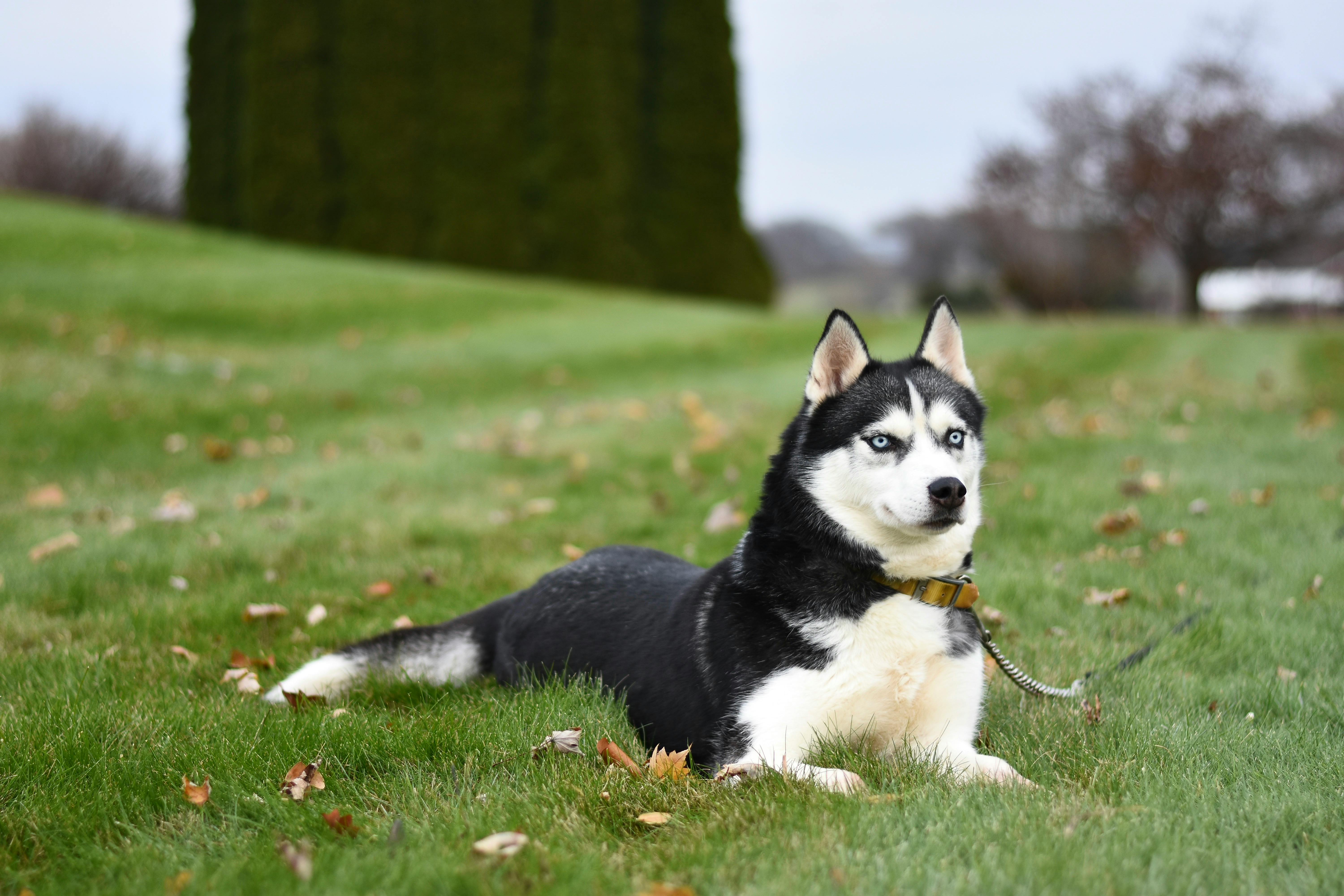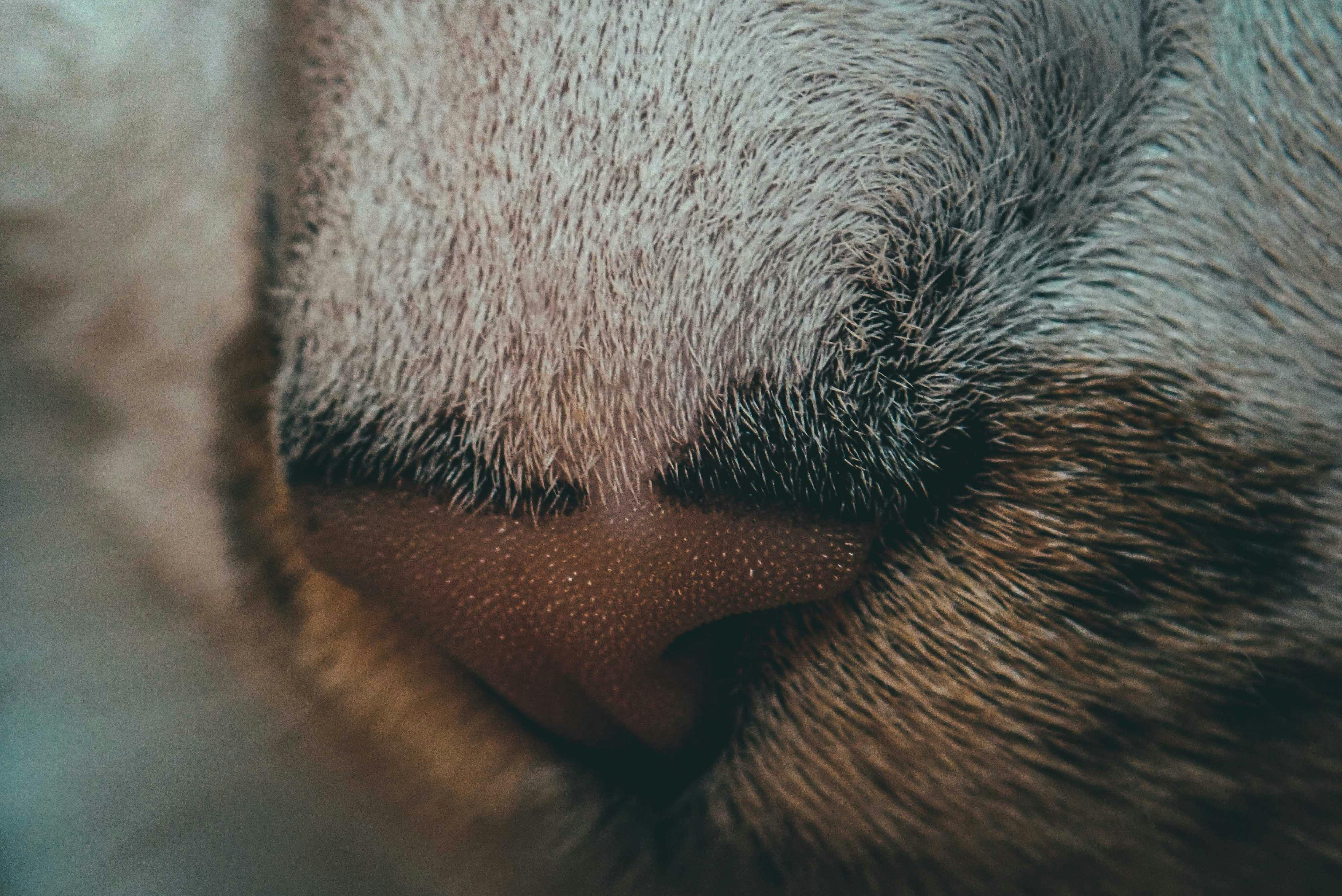Tea kelpies as they are known, they are a pair of imposing horse heads, which were designed by Glasgow sculptor Andy Scott as part of a canal renovation near Glasgow. The monuments were intentionally designed with the industrial aesthetic of Glasgow and Falkirk in central Scotland in mind, with columns and structural beams visible through the laser-cut riveted steel plates of the skin. The manes are depicted as overlapping geometric steel slabs. Recently completed, the two structures will be illuminated both inside and out, creating a dazzling spectacle in the hours of darkness.
Andy modeled his work after local Clydesdale horses. It is this theme of work horses that captured Scott’s imagination and propelled the project forward.
This is the second part of a two-part interview with sculptor Andy Scott, who took time with me to talk about his sculpture towering over the Scottish countryside. Andy describes his technique.
I mentioned that there are very few artists throughout history who think on the grand scale that Andy does. I was wondering if it must be a genetic gift.
Andy responded, “You know a lot of my pieces can look pretty similar, but with each one I do, I’m taking the technique one step further than it was before. That play of light that comes out, it’s very important to me. Usually when I’m doing these things, I do a linear 3D drawing, and then I go over the top of that. Sometimes it would be easier to just wrap it all the way around. But for me there’s tremendous excitement and pleasure and the challenge of letting go. exposed and completely transparent parts of the sculpture, it allows for that play of light, the way the atmosphere works with it, and various other unexpected delights come as part of that.
“Also, if I’m being honest, I think it lends a sort of air of distinctive appeal, as it’s so unusual. While it’s by no means unique, it’s quite an unusual technique to use.”
I mentioned to Andy that I read about how he had built two smaller maquettes of his pieces and that they were transported to Chicago and displayed at a site overlooking Lake Michigan last year. Andy explained, “They’re not in Chicago anymore. They moved to Purdue University in Indiana. Judy Jacobi asked me if she could have them for a while and I was delighted to say, ‘Yes.’
“We took them there in August. Purdue is going to house those sculptures until next March, and then in March they’re going to be on display in Bryant Park in New York City. So it’s a huge thrill to not only have them at Purdue, but as you know, it’s a very rural area and very open so seeing the equine statues sitting there will create a beautiful view in front of the main building of the campus city between all the buildings I’m looking forward to it it will be challenging in some ways but a great chance to show them off.
“To get back to the mechanics, I did two sets of models. The ones in the US right now are the second of the two. They were the ones that were scaled up to be full size objects for the build here in Scotland.
“From day one I’ve been in league with some fantastic engineers. One in particular, a guy named Nick Cooper, is an absolute genius. He told me my goal shouldn’t be to worry about engineering, but to make it pure in terms of sculpture. His work was about doing everything I could to affect or not damage or deviate from my artistic intent. It was an amazing scenario. It ended up costing considerably more than it could have, but the engineers were incredibly adept at following my vision to make these things so sculptural and equine as possible.
“So it was quite a lengthy process. The mockups were meticulously scanned using advanced laser scanners. It was very high-tech – they used a ‘James Bond’ device. I’m afraid I don’t know much about the technique. They traced every piece of steel and they created a three dimensional computer model, then the engineering company Atkins (which is one of the top engineering and design consulting firms in the world) took those scans and analyzed them to the nth degree and came up with a system of an internal structure tubular steel and stainless steel cladding of the skin. That took many months and was an incredibly meticulous and painstaking process. Atkins took me to their offices on a number of occasions to work with them and work out some of the details of the sculpture. So I was able to prevent the vision of the sculpture from being diluted by the engineering process, which often happens.
“The tubular frame was rolled by a company called Angle Ring. They are one of the largest steel fabricators in the UK. Angle Ring is a sixty year old company specializing in bending and bending of metals and alloys. They claim to be the largest UK steel bending range at its production facility in the West Midlands.
“The interesting thing about The Kelpies is that they each have around eighteen thousand components. No two components are the same, so there is no duplication anywhere in any of the Kelpies, so you can imagine what a challenge that would be not only for the engineers in the first place, but also for the steel fabricators and the other manufacturing specialists that are involved.
“Sometimes I think that it would be better to leave the sculpture without the skin, as the internal frame is a pleasure to look at. It’s amazing. I must say that the fabrication company, the company that installed the steel structure, SH Steel Fabrication & Cladding did an amazing job of translating those engineering drawings into the structure you can now see.”
He had read that the Kelpies’ initial plan was for them to act as a counterweight to the new lock, and thus move up and down as the lock opened and closed. I asked Andy to explain to me how it was going to work. But then he corrected me and explained: “Originally the intention was for The Kelpies to ride on the scroll lock as a counterweight. Unfortunately, with the evolution of the design, The Kelpies sits on the extension of the Forth and Clyde Canal. The Kelpies are actually a gateway on each side of a new lock Originally the idea was that the mass of The Kelpies would act as a counterweight to the new lock The volume of water in the canal changed and it became apparent that the original counterweight The idea wouldn’t work. After considerable debate, we decided to end the move, as it would be an expense purely for theatrical purposes and really wasn’t necessary. As part of the change, we had to go back to one of the main funders of the project. I’m happy to say that he didn’t mind the change. They were absolutely in love with the sculptures themselves. The idea of movement was secondary anyway, so they didn’t mind pa particularly change. We then turned our attention to the interior of the sculpture to make the interior space within each piece more accessible and open for the public to visit.
“We are currently working with architects to find a suitable internal space or exhibition space. That in itself has been a very interesting part of the project. Some people would like to see it as a paid entry space. But for some of my colleagues involved in the project and myself, it’s much more about the sanctity of the art, ensuring that people can see the actual effort and structure and the incredible views inside, as it’s really phenomenal. well there’s always a way to find a happy compromise between these aspirations. So that’s where we’re at right now. It’s shaping up nicely. I think they’ll start the architectural part in the next few months.
“We’re almost complete now. The completion ceremony, the actual completion of the ‘skin’ is scheduled for November 27. That’s when it will officially be done. However, the actual opening to the public won’t be until next November 19.” April. The reason for this is that there is still a lot of work to be done, finishing the canal lock, lighting and hard surfaces to finish. We are building a visitor center with a cafeteria. There are several elements still to be finished, which is peripheral to The Kelpies, but we can’t let the public access the site until those elements are complete.
“Also, you really don’t want to visit these sites in the Scottish winter. It’s always best to have the opening when there’s a reasonable chance of nice weather.”
I then asked Andy how such a large project was financed, either publicly or privately. Andy replied: “It’s public, but from a variety of different sources. The National Lottery had an initiative called ‘Living Landmarks’ and, together with my clients, Scottish Canals and Falkirk Council, applied to the Living Landmarks Project around six years ago. years. They were successful. Ultimately, the ‘Great Lottery Fund’, as it was called (the national lottery in the UK), awarded the largest amount ever awarded to the country, which was £25 million (over $40 million US dollars) then auctioned off by various other sources such as various councils and other local governments The maximum sum in the end was around forty nine million pounds (nearly $80 million dollars) I hasten to add that The Kelpies are just a small part of that. The Kelpies are located in a new park that was built called Helix. This was a fantastic 740-acre (300-hectare) landscaped park with trees and bike paths cletas. They even built a little beach and lagoon area that is absolutely amazing. for the Kelpies to be really just one part of that environmental regeneration program.”
As we concluded our interview, I asked Andy about his family. Andy is fifty years old and married to the lovely Hanneke Scott-van Wel, an architect originally from the Netherlands. They currently have no children, just an adorable Hungarian Vizsla dog named Cobus and a crazy cat named Dido.



